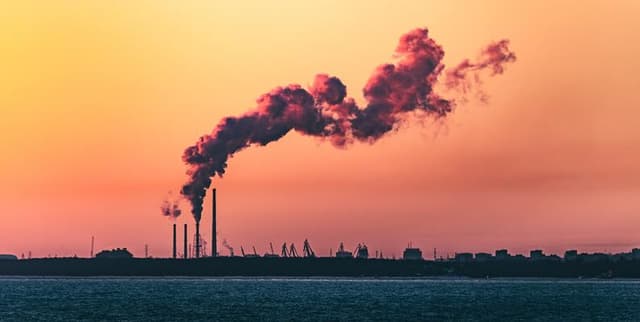Urban Pollution Levels During COVID-19
Patient Health Records & Digital Health
Tags and Keywords
Trusted By




"No reviews yet"
Free
About
Air quality parameters data from various geographies are provided, focusing on the period of the COVID-19 pandemic between 2020 and 2021. This collection offers insights into environmental conditions and pollution levels in multiple cities within specific countries. The information is organised with each country's data in a separate CSV file, facilitating geographical analysis of weather and climate factors during this unique global event. This data is valuable for researchers, environmental analysts, and policymakers studying the impact of the pandemic on pollution.
Columns
- Date: The date of the observation.
- Country: The country where the observation was made (e.g., BRAZIL).
- City: The city where the observation was recorded (e.g., São Paulo, Vitória).
- Specie: The type of air quality parameter or metric being measured.
- count: A numerical count associated with the observation.
- min: The minimum value recorded for the pollutant or metric on the observation date.
- max: The maximum value recorded for the pollutant or metric on the observation date.
- median: The median value recorded for the pollutant or metric on the observation date.
- variance: The variance calculated for the pollutant or metric on the observation date.
Distribution
The data is distributed in separate CSV files for each country. For example, the file for Brazil (BRAZIL.csv) is 646.89 kB and contains over 10,700 valid records across 9 columns, with no missing data. The dataset is expected to be updated on a quarterly basis.
Usage
This dataset is ideal for analysing the effects of COVID-19 lockdowns and reduced human activity on urban air quality. It can be used for environmental impact assessments, public health studies correlating pollution with health outcomes, and climate research. Furthermore, it supports the development of predictive models for air quality based on various atmospheric parameters.
Coverage
The dataset covers the years 2020-2021. Geographically, it includes data from multiple cities within various countries, with a sample provided for Brazil covering cities such as São Paulo and Vitória. The parameters measured include Carbon Monoxide (CO), Dew (dew), Humidity (humidity), Nitrogen Dioxide (NO2), Ozone (O3), Particulate Matter (pm10 and pm25), Pressure (pressure), Sulphur Dioxide (SO2), Temperature, Wind Gusts, and Wind Speed.
License
CC0: Public Domain
Who Can Use It
- Environmental Scientists can study the changes in pollution levels during the pandemic.
- Public Health Researchers can investigate links between air quality and respiratory illnesses.
- Urban Planners and Policymakers can use the data to inform environmental regulations and urban development strategies.
- Data Scientists and Academics can use this dataset for climate modelling and environmental trend analysis.
Dataset Name Suggestions
- COVID-19 Pandemic Air Quality Analysis
- Global Air Quality and Climate Data (2020-2021)
- Urban Pollution Levels During COVID-19
- Geospatial Air Quality Parameters: A COVID-19 Study
Attributes
Original Data Source: Urban Pollution Levels During COVID-19
Loading...
